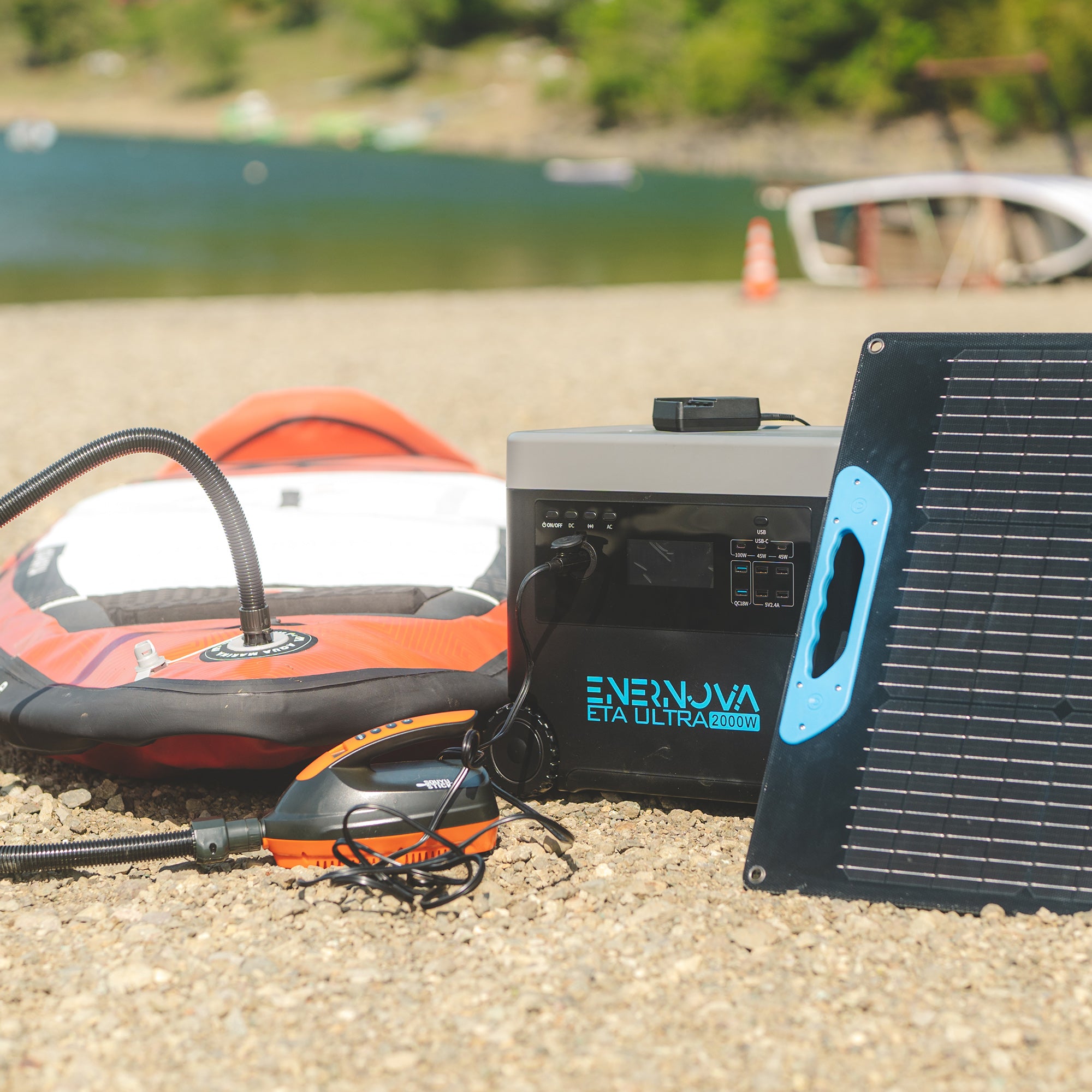Unlocking the Secrets to Higher Solar Panel Efficiency
With growing environmental awareness, the adoption of clean energy sources like solar power is on the rise. As a key component in solar power systems, understanding the working principles and conversion efficiency of solar panels is crucial for maximizing solar energy utilization.
Working Principle of Solar Panels:
Solar panels harness the photovoltaic effect to convert solar energy into electrical energy. This effect occurs when photons from sunlight strike a semiconductor material, such as silicon, and generate an electrical current.
Conversion Efficiency:
The conversion efficiency of a solar panel indicates its ability to convert solar energy into electrical energy. It is expressed as a percentage, with higher values indicating better performance. For example, a 100W solar panel with an output of 17W has a conversion efficiency of 17%.
Factors Affecting Conversion Efficiency:
Solar Irradiance: Higher irradiance levels lead to increased photon absorption and hence higher conversion efficiency. Therefore, solar panels tend to perform better in regions with abundant sunlight.
Spectral Distribution: The distribution of wavelengths in sunlight affects the efficiency of solar panels. Different wavelengths have varying absorption rates by the semiconductor material. Uneven spectral distribution can reduce conversion efficiency.
Temperature: Elevated temperatures during operation can reduce the efficiency of solar panels. Heat dissipation is crucial for maintaining optimal performance. Additionally, temperature affects the conductivity of semiconductor materials, impacting conversion efficiency.
Shading and Soiling: Shading and dirt accumulation on the panel surface can cause uneven light absorption, reducing conversion efficiency. Regular cleaning and maintenance are essential to ensure optimal performance.
Panel Material and Manufacturing Process: The materials used and the manufacturing process significantly impact conversion efficiency. Different materials and processes yield varying photovoltaic conversion rates. Selecting high-quality panels with high conversion efficiency and stable performance is crucial.
Types of Solar Panels:
Monocrystalline Silicon: These panels offer high efficiency (around 15%) but are more expensive due to the complex manufacturing process.
Polycrystalline Silicon: These panels are less efficient (around 14%) but more cost-effective than monocrystalline panels.
Thin-Film (Amorphous Silicon): These panels are flexible and lightweight but have lower efficiency (around 7-8%) compared to the other types.
Enhancing Solar Panel Efficiency:
1.Utilize Peak Sunlight Hours:
Operate solar panels during periods of high solar irradiance, such as midday, to maximize efficiency.
2.Regular Cleaning:
Maintain the cleanliness of the panel surface to ensure optimal light absorption and prevent efficiency loss.
3.Optimal Angle Adjustment:
Adjust the panel's tilt angle seasonally to maximize sunlight capture. In winter, a steeper angle (latitude + 15°) is ideal, while in summer, a shallower angle (latitude - 15°) is preferred.
4.Selecting High-Efficiency Panels:
Invest in high-quality panels with superior materials and manufacturing processes, such as the Enernova ETA series. These panels boast a high conversion efficiency of up to 23%, significantly reducing charging time. Additionally, the IP68-rated waterproof and dustproof capabilities make them suitable for various weather conditions.
Conclusion:
By understanding the factors affecting solar panel efficiency and implementing effective strategies, we can harness solar energy more effectively and contribute to a sustainable future.




















